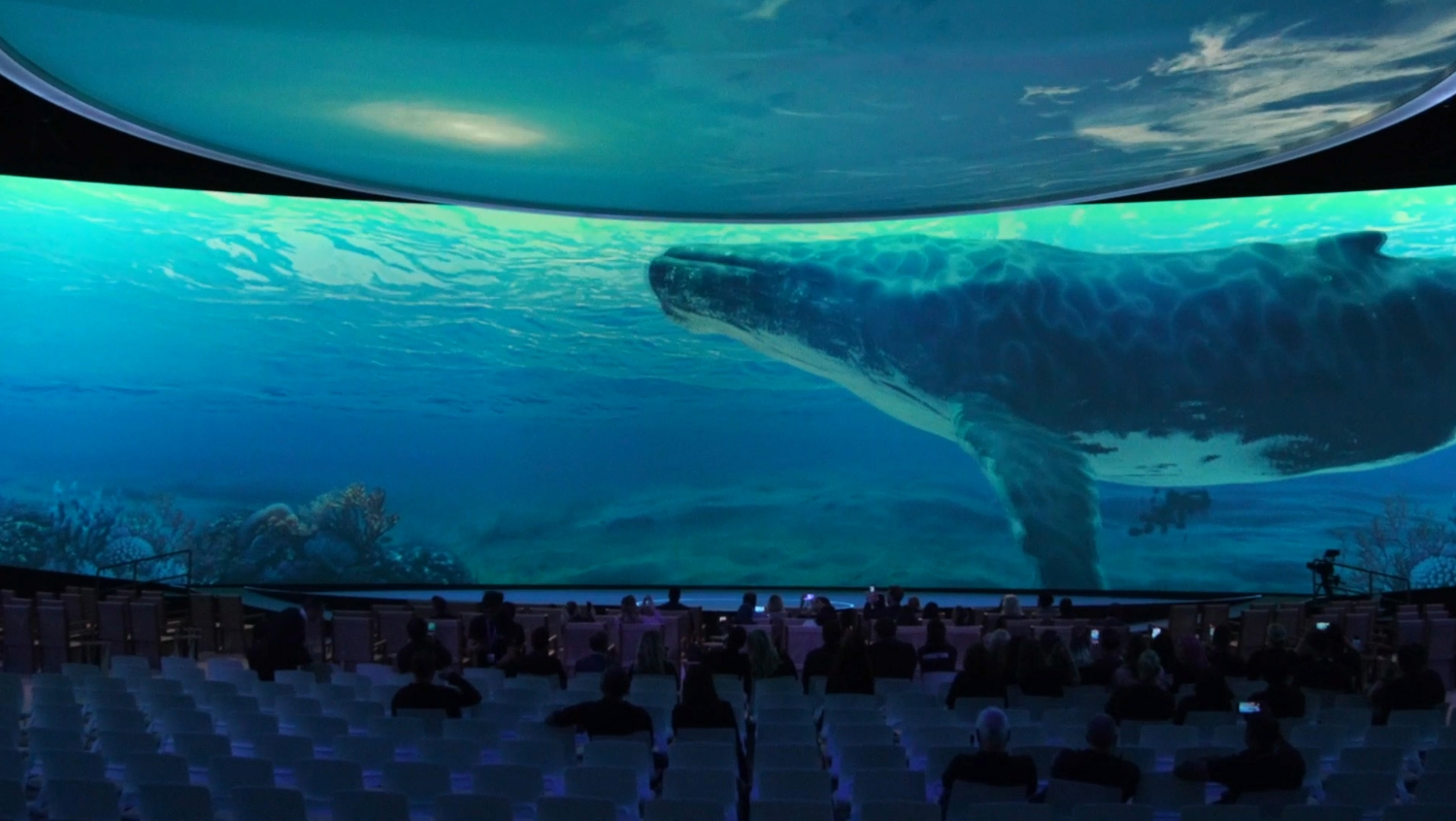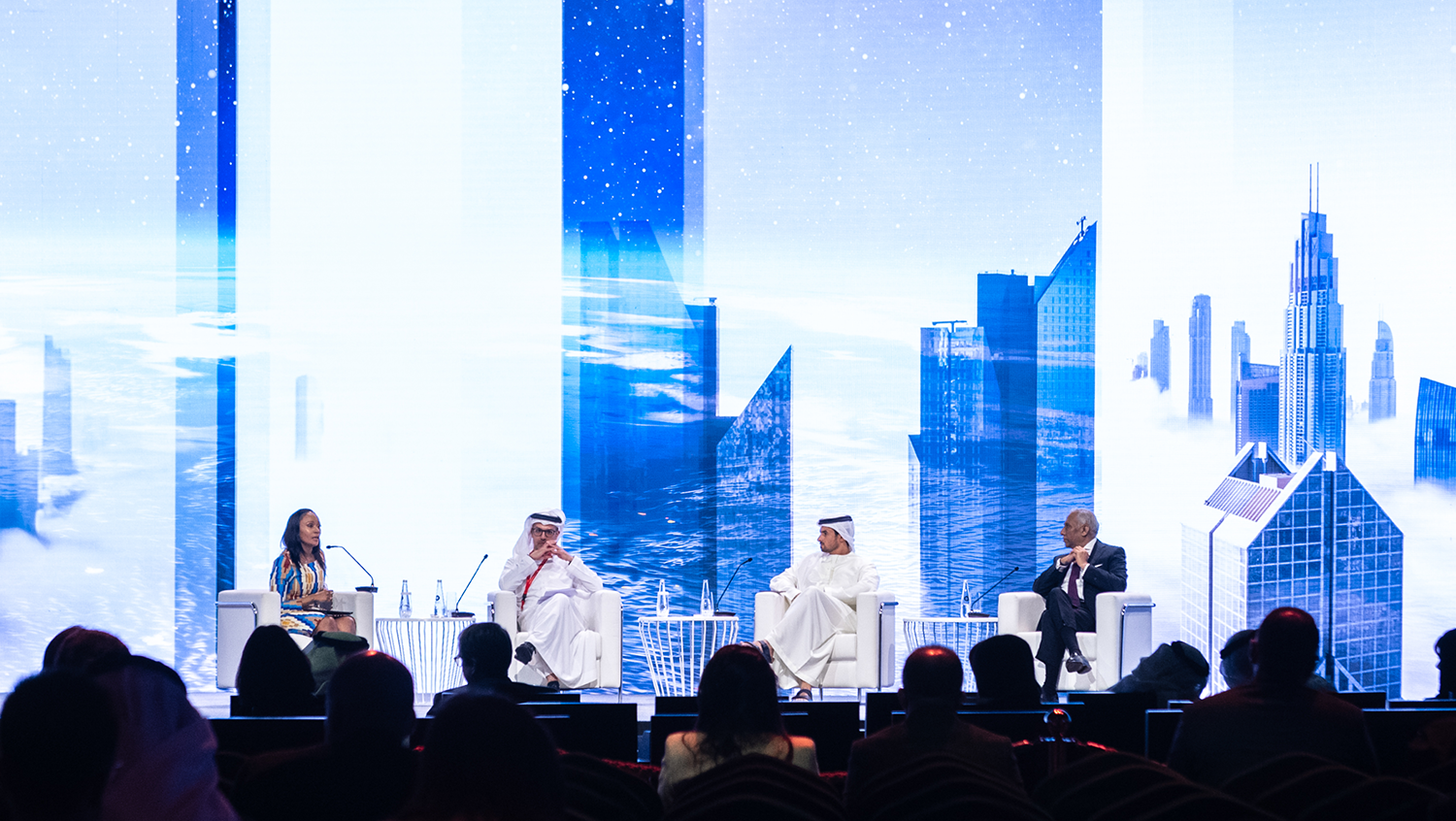5 Tips For Creating More Human Experiences
There’s no getting around it, we live in a world that is permeated by Slack stand-ups, Teams tea breaks and the ubiquitous Zoom. This post-COVID-19 human behaviour has accelerated the virtual economy and changed the way businesses communicate both internally and externally forever.
Learning to manoeuvre through these waters is challenging for even the most technologically proficient future-focused folks, but we’ve put together five tips for creating human experiences in the virtual age.
1. Create Moments In Time
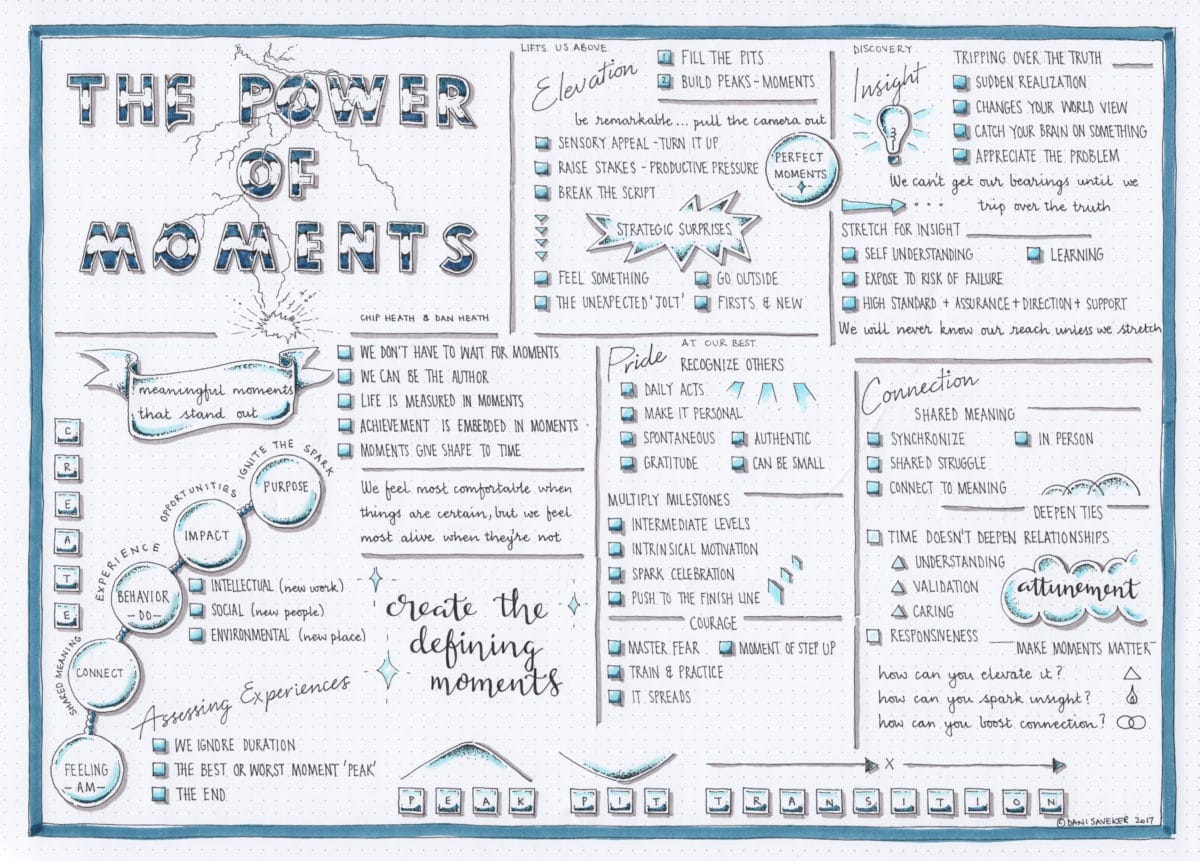
In Chip & Dan Heath’s 2017 book The Power Of Moments, the authors postulate that every experience that we’ve ever had are defined by small moments which we don’t notice, but are actually key to how we perceive an event.
The key takeaways from this method for defining more memorable and engaging moments are created from one or more of the four elements:
- Elevation — memorable delight
- Insight — understanding of ourselves or the world
- Pride — moments of achievement or courage
- Connection — when we share them with others
Whilst I strongly suggest that you read the book in full, it’s a given that event professionals with their hard-earned experience of crafting meaningful moments are perfectly positioned to deliver truly memorable experiences virtually anywhere! Lean into what you know about creating peak moments of joy and back it up with making mechanisms for reward throughout the event.
2. Focus On People, Not Platform
“The best virtual events deliver a brilliant experience for both the presenters and the attendees.”
When it comes to digital broadcasts, the right speakers are vital. Finding and then supporting them is the heart of many virtual events. From a technical perspective, try and make things as seamless as possible for them whether they are in Extended Reality Studio setup or contributing remotely from home. Think of the 4 Cs:
- Connectivity – When you are facilitating discussion, you’re only as fast as your slowest connection so don’t leave anything to chance. Test and backup every connection possible!
- Community – Don’t let remote participants feel like second class citizens. Engage with rehearsals in the same way as a physical event and create connected virtual greenrooms so everyone can chat naturally before showtime
- Camera – Great lighting and clean audio will do wonders for even the most ‘potato’-like webcam. Make sure there’s clean, warm light evenly on the face and try and use an external microphone that’s placed as close the speaker as possible
- Comfort – There are multiple reasons live TV consistently produce quality shows. The focus on all the areas around the presenter from teleprompters to dedicated stage managers all contribute to the speaker’s comfort on camera and all of these techniques can be replicated virtually
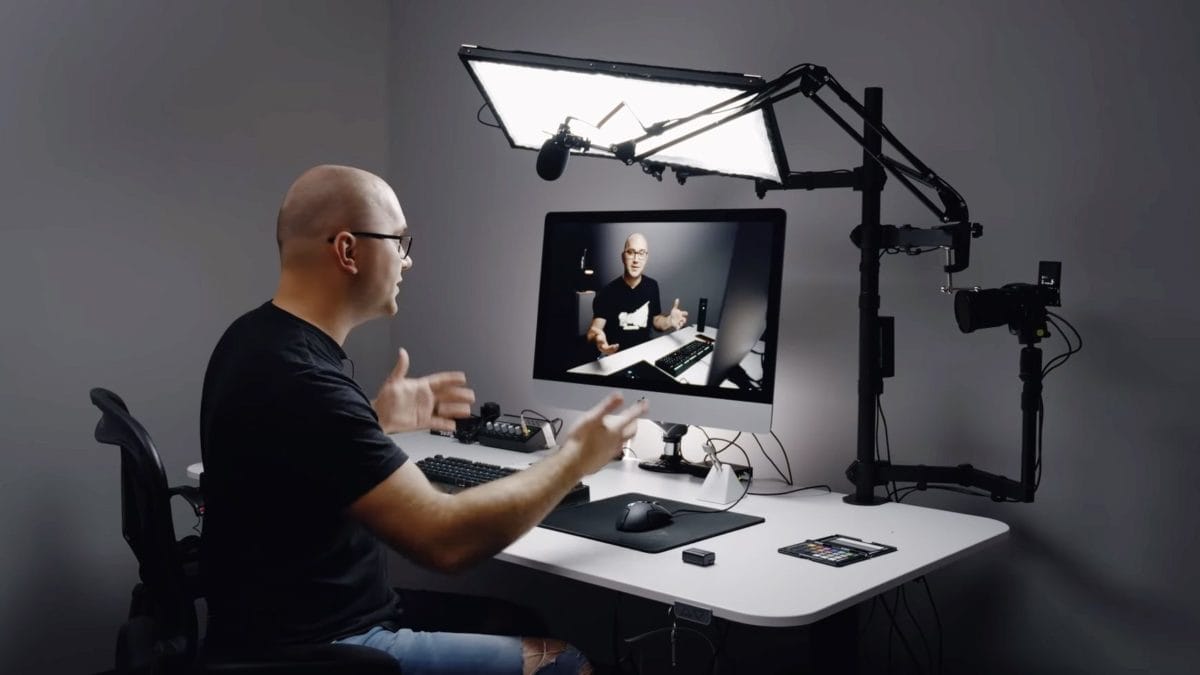
Attracting attendees to virtual events is in some ways more difficult than physical events, where incentives are clear. Therefore, understanding their needs and motivations is key. Once at a virtual event, the risk of losing your people is just a mouse click away. And, indeed, one size won’t fit all attendees.
- Predict – Don’t expect a long attention span from anyone! Predict the user’s needs and cater the best you can to them. For example, in terms of content, the shorter and more bite-size the better because life is full of distractions and your content needs to empathetic to that
- Personalise – Not everyone comes to your event for the same thing. Maybe they want to consume every keynote, take notes and share it with their network. Maybe they want to dip in and out then catch up later in the evening. Use good design thinking to create pertinent journeys for a diverse group of people and their needs
- Perfect – There’s an old adage in digital and technology development that done is better than perfect, which may work if you are a Silicon Valley start-up trying to grow a user base, but live events are different. Content and connections in that are forged in the foundry live events can’t ever be put into the world unless they are 10/10
3. If You Can’t Measure It, You Can’t Improve It
Digital experiences are infinitely measurable and therefore offer ever-greater transparency and ROI, enabling better business cases for budget allocation. Building these metrics into event planning is fundamental and events can be adjusted to optimise against objectives, both over time but also in real-time.
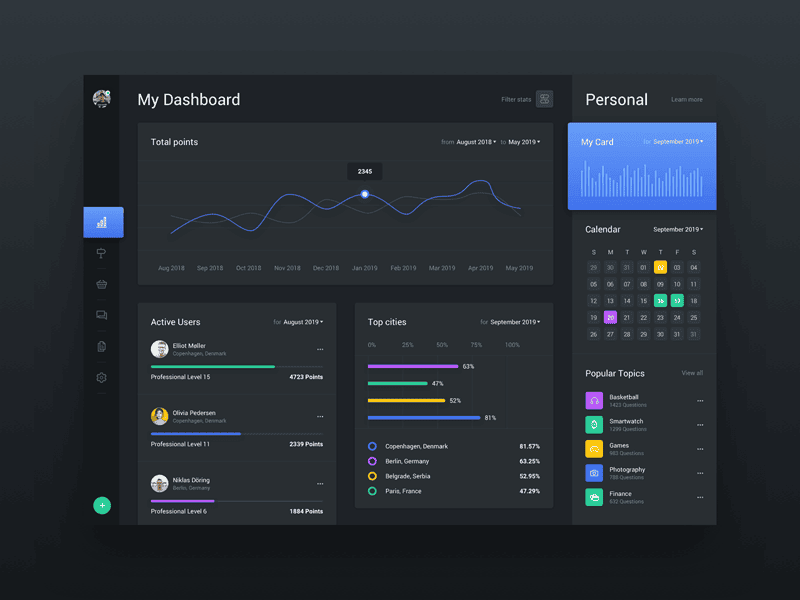
- ROI – the age-old problem of event ROI is helped a lot with a signed-up remote audience whose data can be intrinsically linked to KPIs and other hard metrics
- Remain Open – be agnostic to the delivery method and don’t be tied to one platform. Sometimes you will need the most innovative XR studio on the planet, sometimes you’ll just need a simple webinar. Don’t let the tool drive the experience
- Seek Out The Experts – Benefit from the experience of companies that produced thousands of events on a wide range of platforms which constantly feedback into the ways of working and doing things better
4. Be Human
In his incredible 1960 HBR article Marketing Myopia, Prof. Theodore Levitt argued that companies are too focused on producing goods or services and don’t spend enough time understanding what customers want or need. Therefore, he encouraged executives to switch from a production orientation to a consumer orientation.” People don’t want a quarter-inch drill, they want a quarter-inch hole”, as he often told his students at Harvard Business School.
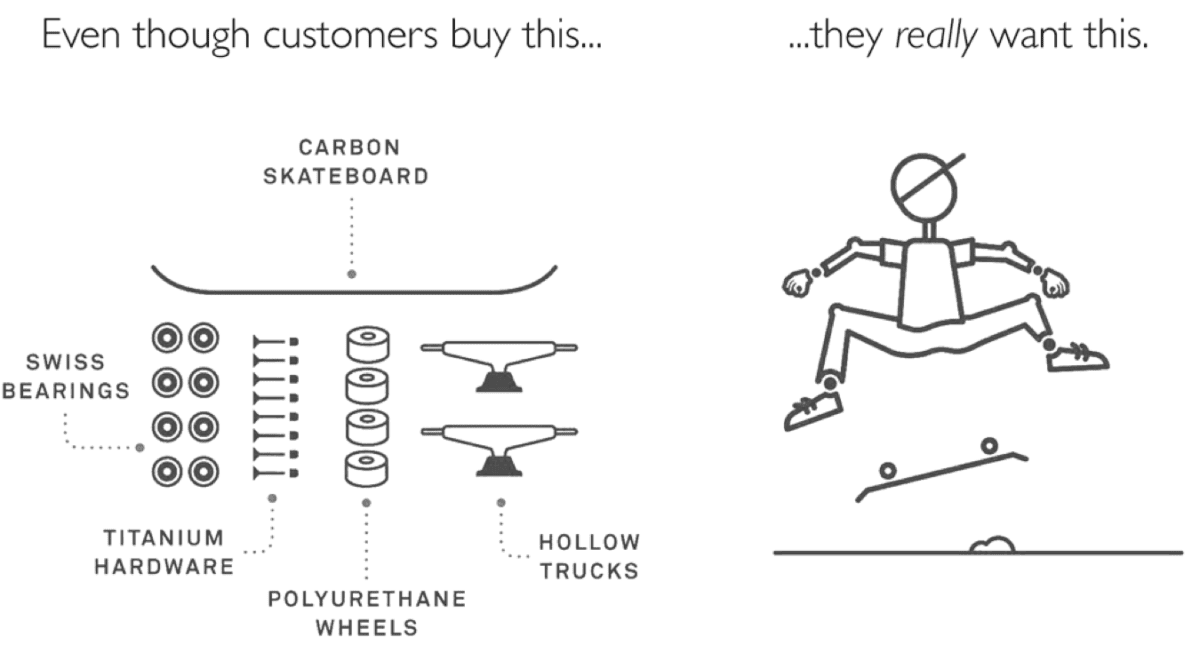
One of the core methods of HX design focuses on the Jobs To Be Done (JTBD) to create a more meaningful lens to look at customers and their ‘struggles’. It is a framework for viewing our events and solutions in terms of the jobs customers are trying to get done. Whether it is creating more awareness of their product, facilitating networking and ultimately in the world of B2B marketing – selling more of our clients products & services. JTBD It is a starting point for innovation and a critical element when devising strategy.
In short, most companies don’t simply want a virtual events platform, they need tangible business outcomes that events provide.
5. Execution, Execution, EXECUTION!
“As with physical events, the best concepts will be for nothing if let down by poor execution.”
We are perfectly tuned machines to pick up friction in any online process. We carry supercomputers in our pockets that are so simple to use; anything less than digital perfection feels like a downgrade in the peoples’ minds.
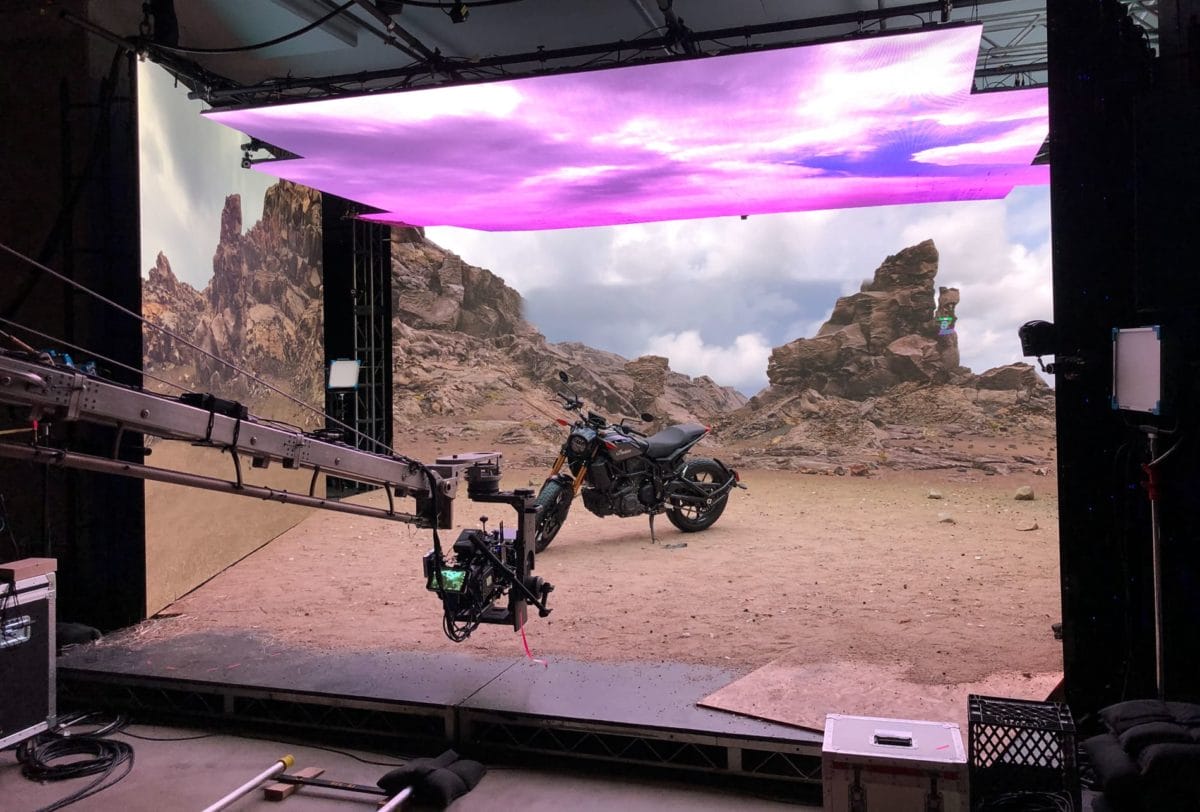
Risk management is just as important for an audience of 50,000 people online as it is for 5,000 in a venue. Employ the same practices with the same experts to ensure flawless execution
Not wanting to blow our own trumpet (too much), Identity’s unrivalled expertise in planning and delivering all aspects of projects means we leave nothing to chance. Clients can rest easy, focusing on what matters most: connecting with their audience.




